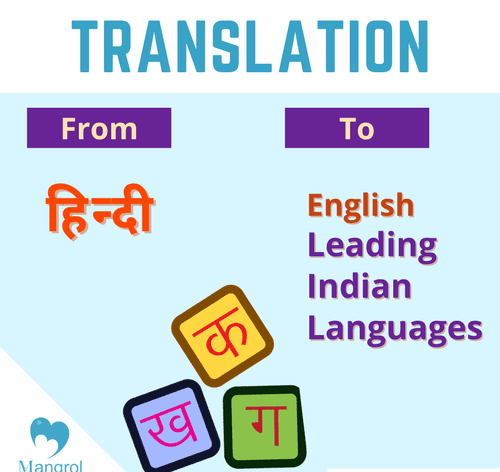By degrees: The different German dialects
Word Count:
509
German Dialects
Summary:
German Dialects. German is one of the most popular languages in the world. In fact, the Guinness Book of World Records has listed the German language as one of the three languages that are learned the most by people.
Keywords:
German, free language learning guide
Article Body:
German is one of the most popular languages in the world. In fact, the Guinness Book of World Records has listed the German language as one of the three languages that are learned the most by people. It is also included in the ten most spoken languages in the world. In the European Union it is the second most known foreign language. German is also one of the agreed upon official languages of the EU and is also chosen, along with English and French, as one of the three working languages used in the European Commission.
German is also considered as a pluricentric language much like English and French. With the wide scope of usage for this language, it would be quite expected to think that a person who knows German would be able to go to any part of Germany and be expected to communicate effortlessly. Unfortunately, this is quite far from the truth. In reality, the German language has many dialects that are spoken in a large part of the country (and even in other countries).
The German dialects are not mutually intelligible to each other. This means that people who only know the different German dialects and not the common German language will not be able to understand each other.
How did the dialects evolve into this? Each dialect has evolved to contain typical words that are not considered as cognates of the words used in standard German this makes it quite difficult to understand in areas where the dialect is not spoken or an area where a different dialect is used.
There is a so-called dialect continuum in countries where German is spoken. During normal situations the dialect that is used by a neighbouring region is understood quite well even if it is also distinctly different from the dialect that is used in the adjacent region.
The so called Low German dialects that are used in the Northern part of Germany are considered mutually intelligible but it still remains not understood in other parts of the country. Of the other remaining dialects, the German dialects used in Switzerland, Southern Bavaria, Austria, and the West Bank of the Rhine are notoriously known for being very hard to understand outside the regions in which these dialects are used. On the other hand, the so called Central and Eastern German dialects are seen to be more understandable in other parts of the country.

Low Germanic dialects are those dialects that were not affected by the High German consonant shift. The Low Germanic dialect is comprised of two subgroups – Low Franconian and Low German.
The High Germanic dialects are broken down into Central German and Upper German subgroups. The Central German dialects include Ripuarian, Moselle Franconian, Hessian, Thuringian, South Franconian, Lorraine Franconian and Upper Saxon. Upper German dialects include Alemannic, Swabian, East Franconian, Alsatian and Austro-Bavarian. The Upper German dialects are also used in certain parts of the Alsace, as well as in southern Germany, Liechtenstein, Austria, and in certain parts of Switzerland and Italy where German is spoken.
